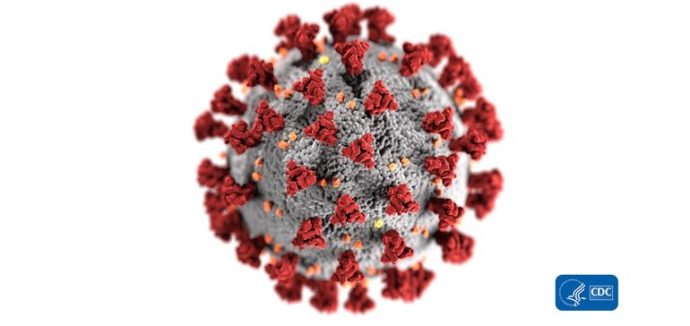According to the CDC’s COVID-19 cases in the U.S. website, which the FEHBlog tracks, over the past four weeks the numbers of new cases and deaths have taken a downward path
| Week ending | 5/15 | 5/22 | 5/29 | 6/5 |
| New Cases | 297,581 | 159,546 | 148,210 | 142,829 |
| New Deaths | 8956 | 8160 | 7561 | 6353 |
The basic infection mortality rate (as calculated by the FEHBlog) continues to drop since its peak on May 15.
The Miami Herald features a fascinating article on disease super spreaders — both people and events.
“It’s not just that superspreading events are happening with SARS-CoV-2; they appear to be driving much of the pandemic,” The University of Hong Kong epidemiologists Dillon Adam and Benjamin Cowling wrote in the New York Times.
“This fact is alarming and reassuring at the same time … because it suggests a virus swift and efficient, and so seemingly unstoppable,” and “it also suggests a way to stop SARS-CoV-2 that is both less onerous and more effective than many of the strategies that have been pursued so far.”
”Forget about maintaining … sweeping measures designed to stem the virus’s spread in all forms. Just focus on stopping the superspreading,” the epidemiologists proposed in the newspaper.
In other words, restricting large gatherings could lower transmission rates, but in the U.S., it hasn’t been that easy.
It’s probably not easy anywhere, but it needs to be done in the FEHBlog’s humble opinion.
The International Foundation of Employee Benefit Plans offers a very thoughtful article on steps that health plans should take this year and next in response to the great hunkering down. For example, health plans should
- Communicate the safety measures that have been put in place at hospitals and clinics. The Centers for Disease Control and Prevention have issued safety guidelines, including limiting visitors and screening patients and employees for the virus.
- Communicate the importance of seeking urgent and preventive care. “We really want to encourage people to go and seek care that is needed when it is needed,” Baker said. “If we can just share the importance of preventive care from a high-level standpoint, without getting into the employees’ personal business, that may be something really beneficial in order to help manage plan costs,” she said.
- Tweak wellness programs. Some employees may not have been able to qualify for wellness program incentives, so employers may want to change the guidelines to allow them to qualify.
- Steps that plans take now could flatten the cost curve for the 2020 plan year. “Just a simple communication may be beneficial as things reopen,” [Dana] Baker [from the Mayo Clinic] said.
In closing, the Wall Street Journal reports that today’s surprisingly strong May employment report “boosted hopes that the economy has moved beyond the worst fallout from the pandemic and may recover more quickly than expected.” Also the President today signed the Payroll Protection Program flexibility act into law today. Here’s a summary of the new law.

